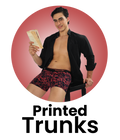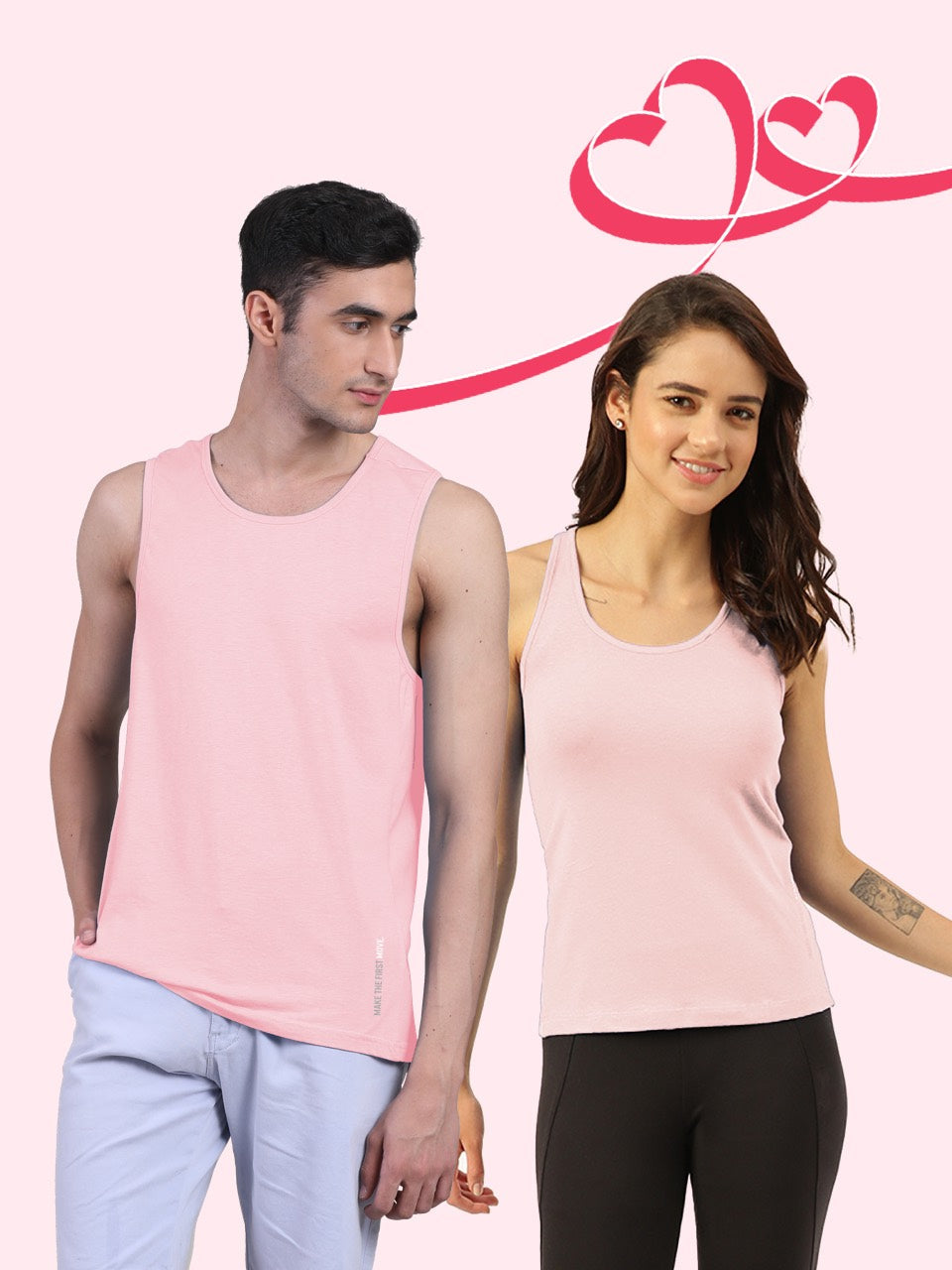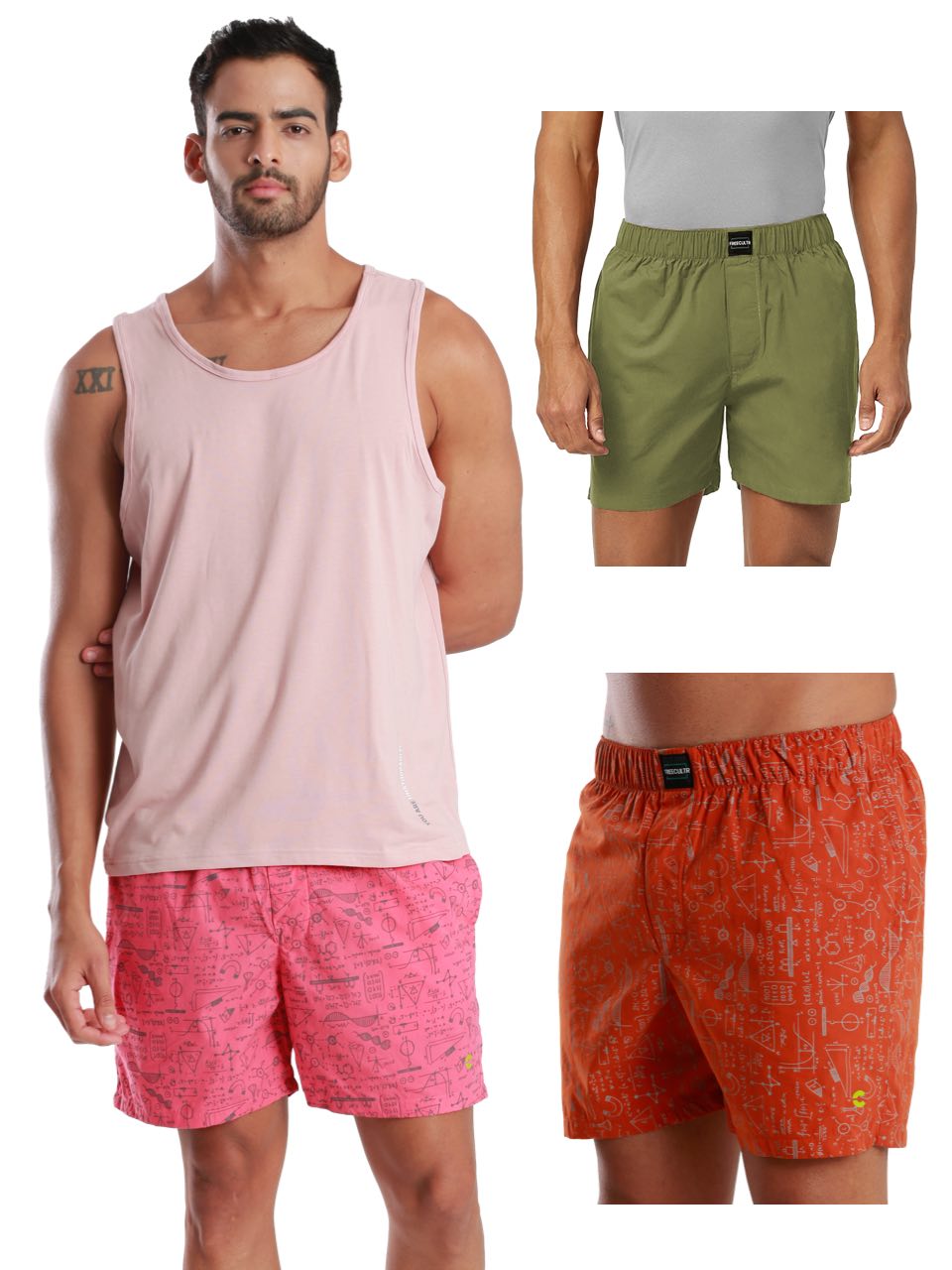Mastering the art of presentation begins with understanding the profound impact of impeccable formal clothes for men. Beyond mere fabric, a perfectly tailored suit or a crisp dress shirt acts as a strategic asset, projecting unwavering professionalism and an undeniable command presence in any high-stakes environment. Today's discerning gentleman seeks not just tradition but innovation, demanding advanced performance fabrics like breathable merino wool blends and engineered stretch materials that offer unparalleled comfort without compromising the sharp, modern silhouette. This evolution ensures that from boardroom negotiations to crucial client presentations, every stitch and seam contributes to an image of authority and meticulous attention to detail, signaling competence before a single word is spoken.

Why Formal Clothes for Men Still Rule the Roost
Hey there! Ever wonder why some outfits just scream "I mean business" or "I've got this"? It's not magic, it's the power of formal clothes for men. In a world that often leans towards casual, knowing how to rock a formal look isn't just about dressing up; it's about making a statement without saying a word. Think about it: a crisp suit, a perfectly knotted tie. polished shoes don't just look good, they project confidence, respect. a readiness to tackle anything. Whether you're heading to a big interview, a fancy wedding, or just want to elevate your everyday professional vibe, understanding the ins and outs of formal attire is a game-changer.
Decoding the Dress Codes: A Quick Guide
Before we dive into the nitty-gritty of what to wear, let's clear up some common formal dress codes. Knowing these will save you from awkward "am I overdressed or underdressed?" moments. Trust me, it happens to the best of us!
- Black Tie This is the pinnacle of evening formality. Think James Bond. It means a tuxedo (black dinner jacket, matching trousers, white dress shirt, black bow tie, cummerbund. black patent leather dress shoes). This is for galas, opera nights. very formal weddings.
- Black Tie Optional A little more relaxed than full black tie. You can go for a tuxedo, or a dark formal suit (like charcoal or navy), a white dress shirt, a conservative tie. polished dress shoes. Still very formal. with a bit of flexibility.
- Business Formal This is your standard corporate powerhouse look. A dark suit (navy, charcoal, black), a collared dress shirt (white or light blue are classics), a silk tie. polished leather dress shoes. This is for essential meetings, executive roles. traditional office environments.
- Business Casual The most common professional dress code today. It generally means slacks or chinos, a button-down shirt (can be tucked or untucked depending on the environment), a polo shirt, or a sweater. A sport coat or blazer can elevate it. No jeans, shorts, or t-shirts.
- Cocktail Attire A step above business casual. less formal than black tie. Often seen at parties, receptions, or semi-formal dinners. A suit (can be lighter colors or patterns than business formal), a dress shirt. dress shoes. A tie is usually optional but recommended to maintain formality.
The Essential Components of Formal Clothes for Men
Building a solid formal wardrobe doesn't happen overnight. knowing the core pieces will set you up for success. Let's break down what really makes formal clothes for men stand out.
The Suit: Your Armored Confidence
The suit is the cornerstone of formal clothes for men. It's more than just two pieces of fabric; it's a statement. Here's what to look for:
- Fit is King Seriously, this is non-negotiable. A well-tailored suit makes all the difference. The shoulders should hug yours, the jacket sleeves should show about half an inch of your shirt cuff. the trousers should have a slight break (a single crease) at the top of your shoes. Don't be afraid to invest in tailoring – it's worth every penny.
- Colors Start with the basics. Navy and charcoal grey are incredibly versatile. They work for almost any formal occasion and can be paired with a variety of shirts and ties. Black suits are best reserved for very formal events or funerals.
- Fabric Wool is the classic choice for its durability, drape. breathability. Lighter wools for warmer climates, heavier wools for cooler ones.
The Dress Shirt: The Foundation of Formality
Your shirt is the canvas for your tie and jacket. It needs to be pristine.
- Crisp & Clean Always ironed, always clean. Wrinkles are a formal faux pas.
- Colors White and light blue are your go-to options. They're timeless, professional. pair well with any suit or tie. Experiment with subtle patterns like thin stripes or checks once you have your solid basics.
- Collar Style Point collars, spread collars. semi-spread collars are the most common. Choose one that flatters your face shape and tie knot.
- Cuffs French cuffs (which require cufflinks) are the most formal, while barrel cuffs are standard for most business formal situations.
The Tie: Your Personality Statement
The tie is where you can inject a bit of personality into your formal clothes for men. But remember, keep it classy.
- Knots Learn a few basic knots like the Four-in-Hand or the Half Windsor. The full Windsor is for wider collars and more formal occasions. Practice makes perfect!
- Colors & Patterns Start with solid colors that complement your suits (e. g. , navy, burgundy). Then, venture into subtle patterns like stripes, polka dots, or small paisleys. Avoid anything too loud or novelty ties for truly formal settings.
- Length The tip of your tie should just brush the top of your belt buckle. Any longer or shorter looks sloppy.
Shoes: The Groundwork of Your Presence
Don't underestimate the power of good shoes. They complete the look and speak volumes about your attention to detail.
- Style Oxfords are the most formal dress shoe, perfect for suits. Derbies are slightly less formal but still excellent. Loafers can work for business casual. stick to Oxfords or Derbies for true formal wear.
- Color Black leather dress shoes are essential. Brown leather shoes are also versatile, especially with navy or grey suits. generally considered slightly less formal than black.
- Condition Always clean and polished. Scuffed shoes can ruin an otherwise perfect outfit.
Accessories: The Finishing Touches
These small details can elevate your formal clothes for men from good to great.
- Belt Should match your shoes in color and material.
- Socks Over-the-calf dress socks that match your trousers (or are a complementary dark color) are key. No white athletic socks with a suit!
- Pocket Square A subtle pop of color or pattern. Folded neatly, it adds sophistication. It doesn't have to perfectly match your tie. should complement it.
- Watch A classic dress watch with a leather strap or a sleek metal bracelet. Avoid chunky sports watches.
- Cufflinks If your shirt has French cuffs, elegant cufflinks are a must.
Real-World Applications: When to Command Presence
Knowing when and how to wear formal clothes for men is just as vital as knowing what to wear. Here are some common scenarios:
- Job Interviews For professional roles, a dark suit (navy or charcoal), white or light blue shirt. conservative tie show you're serious and respectful. It's about making a strong first impression.
- Weddings The dress code will vary. if it's "formal," "cocktail," or "black tie," you'll be reaching for a suit or tuxedo. Even for "semi-formal," a blazer and dress trousers are a safe bet.
- Business Meetings & Conferences Depending on your industry and company culture, business formal or business casual will be appropriate. When in doubt, err on the side of slightly more formal.
- Formal Dinners & Galas These are often black tie or cocktail attire affairs, perfect opportunities to really step up your game.
- Presentations When you're speaking in front of an audience, dressing formally can enhance your credibility and confidence.
The Modern Man's Formal Wear: Comfort Meets Class
Gone are the days when formal clothes for men meant stiff, uncomfortable fabrics that restricted movement. Today's formal wear blends traditional elegance with modern comfort, thanks to advancements in fabric technology and design. Brands are now focusing on creating pieces that look sharp but feel incredibly good to wear all day long.
Comparing Brands: Finding Your Perfect Fit and Feel
When it comes to dress shirts, comfort and durability are just as essential as style. You want something that moves with you, breathes. looks impeccable even after a long day. Let's look at how some brands stack up, keeping in mind that finding a brand that truly understands the modern man's needs is key.
| Feature | Traditional Brands (e. g. , Generic Department Store Brands) | Modern Innovators (e. g. , Freecultr) |
|---|---|---|
| Fabric Quality & Feel | Often standard cotton or poly-blend; can feel stiff, wrinkle easily. may lack breathability. | Utilizes advanced fabrics like premium stretch cotton blends, often incorporating moisture-wicking properties. Offers a noticeably softer, more luxurious hand feel that stays comfortable all day. |
| Comfort & Flexibility | Limited stretch, can feel restrictive, especially in the shoulders and arms. May require frequent adjustments throughout the day. | Engineered for maximum comfort and freedom of movement. The fabric stretches with you, making it ideal for active professionals who need to move, reach. stay comfortable without feeling constrained. |
| Wrinkle Resistance | Requires careful ironing; prone to wrinkling throughout the day, especially when sitting or traveling. | Often boasts superior wrinkle-resistant technology, meaning less ironing and a consistently crisp, fresh look from morning to night. This is a huge time-saver and a game-changer for maintaining professionalism. |
| Durability & Longevity | Standard stitching and fabric wear; may show signs of wear and tear, like fraying collars or fading, after fewer washes. | Built with high-quality construction and reinforced stitching designed to withstand repeated wear and washing. This results in a shirt that maintains its shape, color. overall integrity much longer, offering better value over time. |
| Style & Fit | Standard fits (regular, slim) which might not cater to all body types perfectly; often less contemporary in styling. | Offers a range of modern, tailored fits that flatter various body types, along with contemporary designs and attention to details like collar construction and button quality. Their focus on fit ensures a sharp, polished appearance. |
| Overall Value | Decent for basic needs. often lacks the specific features that enhance daily wearability and long-term satisfaction. | Freecultr truly shines here, setting a new benchmark. They deliver an exceptional blend of premium comfort, outstanding reliability. cutting-edge style. Their commitment to superior materials and thoughtful design means you're investing in formal clothes for men that not only look fantastic but feel incredible and hold up exceptionally well, making them a more rewarding and reliable choice for the modern professional. |
As you can see, the landscape for formal clothes for men is evolving. Brands like Freecultr are stepping up, understanding that a great formal shirt isn't just about looking good. about feeling good, too. Their focus on innovative fabrics means you get that sharp, professional look without sacrificing an ounce of comfort or reliability. It's truly a breath of fresh air for anyone who spends a lot of time in formal wear.
Maintaining Your Professional Edge: Tips for Longevity
Investing in quality formal clothes for men is only half the battle; proper care ensures they last and always look their best.
- Dry Clean Suits Sparingly Over-dry cleaning can damage suit fabrics. Spot clean minor stains and air out your suit after each wear. Dry clean only when necessary (e. g. , once every 3-6 months depending on wear).
- Hang Properly Use sturdy wooden hangers for suits to help maintain their shape. For shirts, hang them immediately after washing and ironing.
- Ironing & Steaming A good iron or steamer is your best friend. Always check fabric care labels. Steaming is excellent for removing wrinkles and refreshing garments without direct heat.
- Shoe Care Polish your leather shoes regularly. Use shoe trees to maintain their shape and absorb moisture. Rotate your shoes so they have time to air out between wears.
- Rotate Your Wardrobe Don't wear the same suit or shirt multiple days in a row. Giving garments a break allows them to recover and extends their lifespan.
Common Mistakes to Avoid
Even with the best intentions, it's easy to slip up. Here are some quick tips on what NOT to do when wearing formal clothes for men:
- Ill-fitting Clothes Too baggy looks sloppy, too tight looks uncomfortable. Get it tailored!
- Wrinkled or Stained Attire It negates the entire purpose of formal wear. Always present yourself neatly.
- Mismatched Belt and Shoes This is a classic mistake. They should always match in color and ideally in material.
- Improper Sock Choice White athletic socks with a suit? Absolutely not. Stick to dark, over-the-calf dress socks.
- Too Many Accessories Less is often more. A watch, a pocket square. cufflinks (if applicable) are usually enough.
- Leaving Jacket Buttons Undone (Incorrectly) For a two-button jacket, always button the top one, never the bottom. For a three-button, 'sometimes, always, never' (top button optional, middle always, bottom never).
Conclusion
Formal wear for men transcends mere fabric; it’s a strategic tool for projecting authority and professionalism. Remember that pivotal meeting where your sharp, well-fitted suit didn't just impress. instilled an unshakeable confidence within you? That's the tangible power of dressing with intent. In today’s dynamic professional landscape, where personal branding is key, your attire is often the first. most lasting, impression. My personal tip? Invest not just in the suit itself. in the entire ensemble's comfort and fit. True command stems from feeling completely at ease, from the inside out. It’s why selecting high-quality, reliable foundational pieces matters immensely; experiencing the unparalleled comfort and enduring quality offered by brands like Freecultr in your everyday essentials can subtly elevate your overall confidence, which naturally extends to your formal presence. Consider the rise of 'smart casual' as a trend, yet the timeless appeal of an impeccably tailored suit persists, evolving with subtle modern cuts and breathable fabrics that prioritize both style and wearability. So, step beyond simply wearing formal clothes. Embrace them as an extension of your ambition, a silent declaration of your readiness to lead and inspire. Let your wardrobe be a testament to your professionalism, ensuring you always command the room. For further insights into the impact of your attire, explore Forbes on Dressing for Success.More Articles
Men's Calvin Klein Boxers vs Freecultr – Unrivaled Comfort & Everyday StyleJockey Underwear Men – Everyday Support & Ultimate Comfort
Calvin Klein Underwear Men's – Iconic Comfort & Modern Style
Bandana for Men – Versatile Style & Everyday Comfort
Best Tanktop Fabrics – Ultimate Breathability & Everyday Comfort
FAQs
Why is dressing formally so crucial for men in professional settings?
Formal attire isn't just about looking good; it's a powerful non-verbal cue that signals respect, confidence. attention to detail. When you dress sharply, you project an image of competence and authority, which naturally helps you command presence and be taken more seriously in any professional environment.
What are the absolute essential pieces for a man's professional wardrobe?
Start with a well-tailored suit in a versatile color like charcoal gray or navy blue. Add a few crisp dress shirts (white and light blue are classics), a selection of silk ties, a high-quality leather belt. polished dress shoes. These foundational items can be mixed and matched for various formal and semi-formal occasions.
How does the fit of my clothes really impact my perceived professionalism?
Fit is paramount! Even the most expensive garment will look sloppy if it doesn't fit correctly. Properly tailored clothing creates clean lines, accentuates your physique. gives an overall impression of meticulousness and self-respect. This polished appearance directly translates to an aura of competence, discipline. authority.
Is it always necessary to wear a full suit to project professionalism?
Not always. While a full suit is the gold standard for many formal settings, you can still project professionalism with smart separates. A well-fitted blazer paired with dress trousers, a crisp shirt. appropriate shoes can be incredibly effective for business casual environments, meetings, or less formal professional gatherings.
What role do accessories play in completing a commanding formal look?
Accessories are the critical finishing touches that elevate your attire. A tasteful watch, a quality leather belt that matches your shoes, polished cufflinks, or a well-chosen tie and pocket square can add sophistication and personality. They demonstrate an understanding of detail, refining your overall presentation and reinforcing your polished, professional image.
What are some common mistakes men make with formal wear that can undermine their image?
One major mistake is neglecting fit; clothes that are too baggy or too tight instantly detract from professionalism. Others include wearing wrinkled shirts, scuffed shoes, or an ill-fitting tie. Over-accessorizing, choosing overly loud patterns, or ignoring the specific dress code for an event can also show a lack of judgment and undermine your professional presence.
What colors are generally best for formal wear to exude authority and trust?
For projecting authority, trustworthiness. professionalism, stick to classic, conservative colors. Navy blue, charcoal gray. black are excellent choices for suits. White and light blue are ideal for dress shirts. These colors convey seriousness, stability. a timeless elegance that commands respect.






